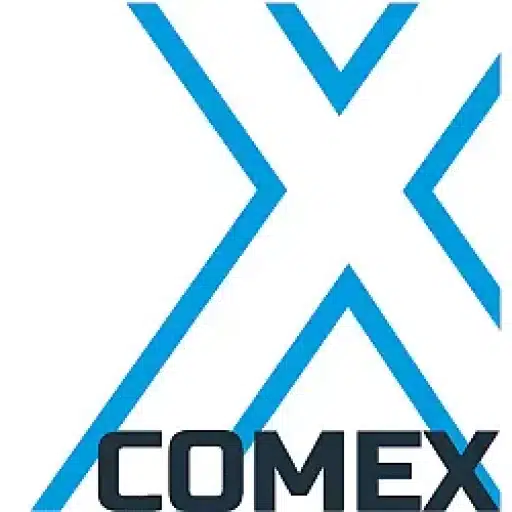+31 (0)43 30 88 400 | office@comex.eu

National e-depositories must take final step
National e-depositories must take final step
All government data will soon be collected by the Regional History Centers, using relatively small e-depositories. These records are then further transmitted to the National Archives’ large e-depot. We have been working on this in the Netherlands for about five years now, but the technical development is somewhat behind. What’s going on?
National heritage
After much thought, there is now largely agreement on the file formats, data structure and metadata to be used. Because even in thirty years or more, the stored data must still be recognizable. These include building permits, building sketches and a variety of other historically significant documents and dates. Everything kept by the government, as well as by quasi-government and affiliated institutions like museums. Call it our national heritage.
It is a huge job because the information must not only be retrievable, but must also remain understandable. Consider, for example, a used device that no one will remember a hundred years from now. That means adding descriptions as well to make sense of the device a century from now. The language is also changing, which doesn’t make things easier. Careful consideration has been given to which file formats, such as pdf, are suitable for long-term storage. Nevertheless, there are still steps to be made here as well.
Thinking about hardware
But. Interestingly, little or no thought has been given to the hardware, even though it is fairly essential. Fine to discuss file formats and what will still be understandable a hundred years from now. But it is also important to ensure that all this information will still be available at all a hundred years from now. Miraculously, this last crucial step is often forgotten when setting up and storing e-depositories. To preserve our national heritage, this final step must, of course, be taken.

